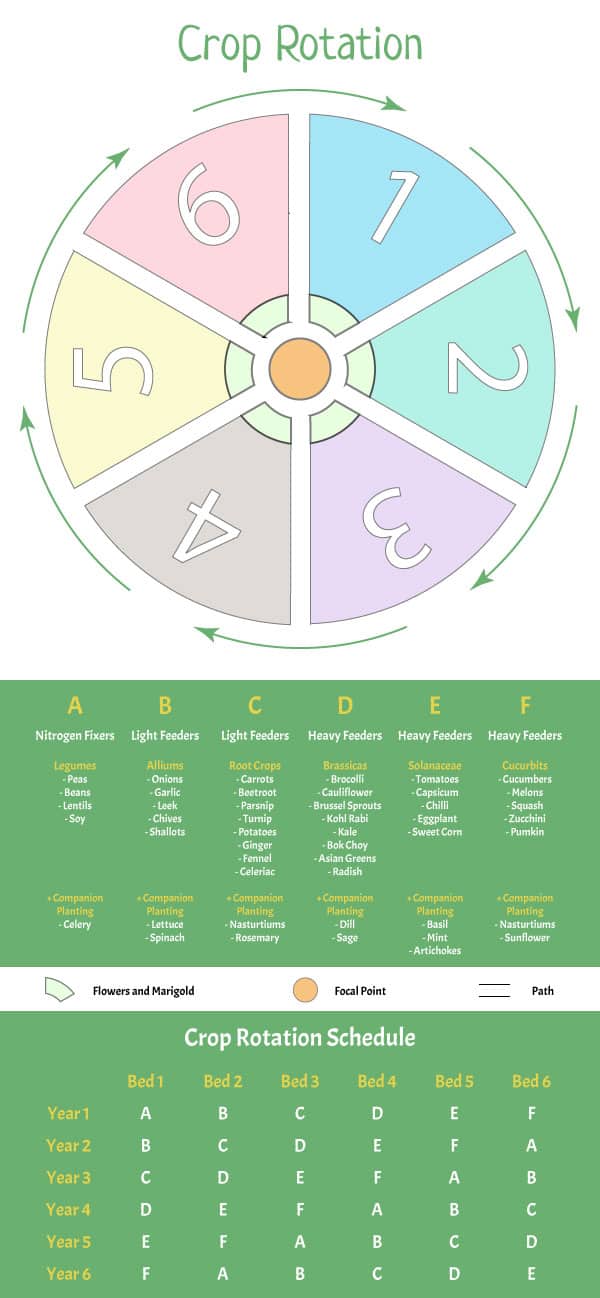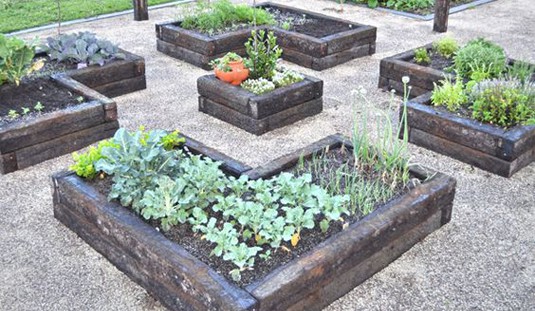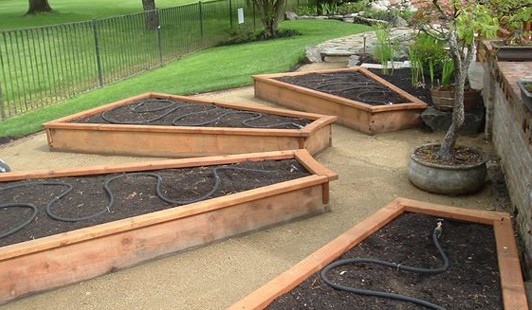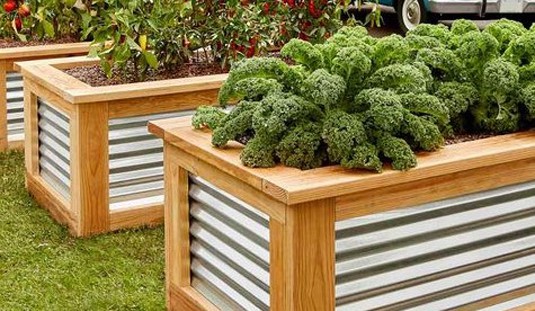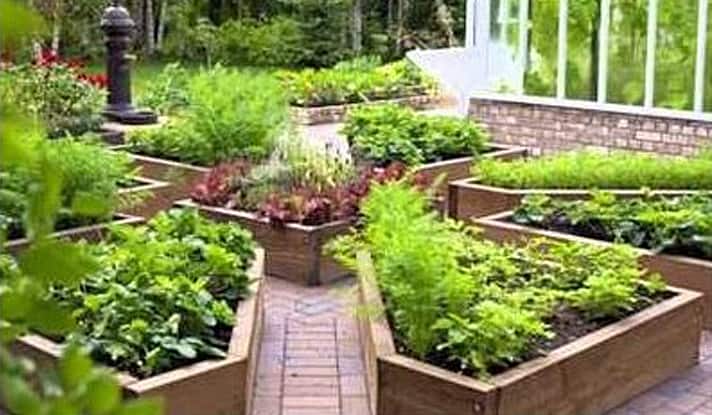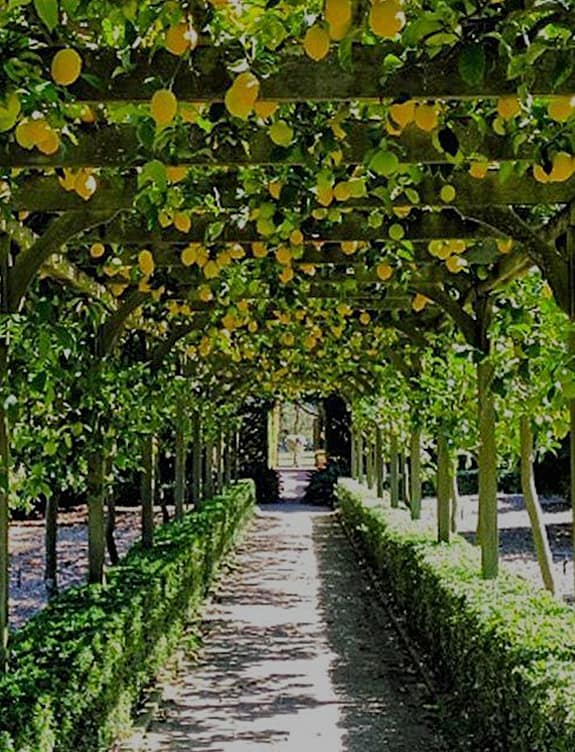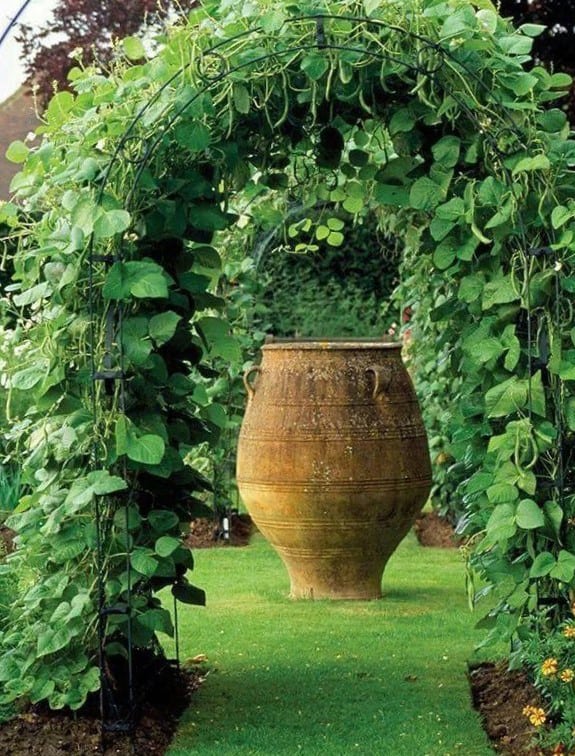Crop and stock rotation was once a fundamental element of farming practice. Growing the same crop in the same space year after year (monoculture) results in an imbalance of nutrients, organic matter, trace elements and micro-nutrients in the soils resulting in weak plants followed by increasing infestation of pests and diseases specific to that crop.
Attempting to replenish these elements with manufactured fertilisers is not the answer as soils crave organic matter at various levels of decomposition to stimulate and maintain biodiversity. Nor is the practice of reducing weeds with herbicides → nor pests with pesticides as they do not discriminate between the beneficial and non-beneficial varieties.
Returning to crop and stock rotation practices is the only answer for a sustainable future.
In this article we will explore
The History of Crop Rotation
The initial beginnings of crop rotation has not been documented, however there is evidence that the ancient Egyptians and Romans practiced a rather crude corp rotation methodology which was refined over the next 2 to 3 thousand years – until the industrial revolution, that is . . .
By the 1950’s monoculture blossomed, as did the use of artificially manufactured fertilisers, pesticides and herbicides. Increasing profits and yields was the name of the game. Farmers lost touch with the soil and the seasons, as science produced easier and more productive ways of farming, but there is always a price to pay – as the natural balance crumbles. Vast expanses of our most valuable asset, the soil, now lies barren and lifeless.
The ancient Romans practiced a 3-tier system spanning 3 years:
| FOOD | Year 1 = Crops |
| FEED | Year 2 = Livestock |
| FALLOW | Year 3 = Rest |
However, as populations grew, the lower yields of this practice left little grain for storage → leaving the populace extremely vulnerable should crops fail during years of drought, flood or pest infestation.
The 1400’s saw Europe increase the size of their agricultural allotments, allowing some room for experimentation. Another 400 years on, many had adopted a 4-tier | 4-year crop rotation cycle which added a nitrogen fixing crop such as legumes to the cycle. The nitrogen fixing crop essentially removed the necessity for a fallow year therefore reducing the risk of soils being exposed to the elements. Another bonus was increased yields of grains and livestock. Travelling through parts of Europe today, the fields still look lush and are very often bordered by hedges – the perfect solution to breaking the intensity of the winds and buffering the elements.
As recently as the 1950’s, this natural system of farming was rapidly replaced by the genetic modification of crops and livestock, monoculture, chemical fertilisers, pesticides and herbicides. This unnatural and artificial methodology initially yielded high returns for the monoculture farmer, however some 70 years on, we are experiencing the consequences as our soils become dry, water repellent, lifeless and infertile.
Desolate or weed infested paddocks have taken over the once fertile and bio-diverse land. Increasingly we hear of topsoils taking to the skies as massive dust storms tear through the countryside turning day to night. We are plagued with drought, flood – terrifying winds and fire . . .
→ Our food is tasteless and devoid of nutrient due to scientific reformations designed to suit transport and shelf life, rather than keep plants, animals and humans healthy and happy . . .
But all is not lost.
Our permaculture farmers as well as our individual efforts to grow flowers, fruit, vegetables and chooks in our own backyards have the capability of rapidly rejuvenating our environment, and ourselves. Getting back to nature is the solution to so many of our mental and physical health issues. By demanding chemical-free quality, buying local and growing our own → less of the mass produced products laced with chemicals and preservatives will be required resulting in changes to farming practices.
It is up to us.
Crop Rotation | Companion Planting
If you were to eat a single ingredient meal – day in, day out – all day long for many months to years → it would undoubtedly leave you starved, sick and fatigued. The same goes for our soils, plants and animals.
Health and well-being can only be achieved by maintaining a healthy, balanced diet coupled with exercise. Excellent health leaves us less vulnerable to infestations and disease. The same principle applies to all species on Earth, the soil as well as the many and varied ecosystems.
No species on Planet Earth can survive without the harmonious assimilation of other species and this is the fundamental basis upon which crop rotation and companion planting is founded.
Our reward → tasty, fresh, nutrient filled food nurtured by the natural mechanisms of Mother Nature herself.
Crop Rotation Plan
A well designed crop rotation plan starts with a green manure crop to feed the soil. The soil is then ready to provide feed for light feeders → right through to heavy feeders → after which the sequence begins again.
This methodology ensures an every changing progression whereby no crop remains in the same space twice → thus safeguarding against pests and soil nutrient depletion.
We have designed a six bed rotation plan, complimented by companion planting. Simply number your beds 1 to 6 and note your latest rotation:
There are plants that thrive together and those that compete. The above process ensures that the soil and plants rotate in a healthy regime. At the end of the season, gather your chooks (should you have them) to work through the spent veggies, eat the unwanted bugs and help prepare your beds for the next crop.
Replenish your soil with home-made compost → dig the compost into the very top layer of your soil and your bed is ready for planting again → in accordance with your crop rotation schedule.
Green Manure
Though slightly misleading in its name, green manure is actually a mix of temporary, fast-growing, leafy plants grown from seed for the sole purpose of slashing the crop and turning it straight back into the soil that had grown it. If the patch or paddock is not in use during the Summer or Winter seasons, a green manure crop may also be left in situ as a protective cover thereby reducing the impact of soil erosion from the Winter cold and rains; or the drying effects of the Summer heat, sun and winds.
Most frequently, however, the green manure crops are slashed just as they start to flower – whilst the stems are still soft and green. By chopping the crop into small pieces and tuning it into the top 20 to 25cm of soil, the soil not only gains a large dose of organic matter which will decompose quickly and attract beneficial microbes, fungi and bugs; but it will also bestow accessible Nitrogen.
→ 4 to 6 weeks later, add another dose of homemade compost and your plot is ready for planting.
Which Plants produce a Green Manure Crop?
Legumes form the greatest element of Green Manure crops as they are very clever nitrogen fixing plants. Nitrogen is essential for soil health (interestingly, the Australian Wattle is, in fact, a Legume). Legumes have developed a symbiotic relationship with soil dwelling bacteria know as Rhizobium. These special bacteria colonise the host plant’s root system and cause the roots to form nodules within which the Rhizobium are housed. The bacteria harnesses gaseous nitrogen from the air in the soil and feeds it to the legumes. In return, the legumes provide carbohydrates to the bacteria. This special relationship facilitates the conversion of atmospheric nitrogen (N2) into ammonium nitrogen (NH4) → which is released into the soil. Also, this harnessed atmospheric nitrogen allows the plant to produce leaves bolstered with nitrogen, increasing photosynthesis. Therefore, when the plant is slashed and turned into the soil as green manure, it again increases the levels of available nitrogen, in a form that is accessible to other plants.
Examples of Legume Crops:
Beans, peas, alfalfa, lucerne, clover, cowpeas, lupines, peanut, soybean and vetches.
Examples of Cool to Cold Season Green Manure Crops:
Fava beans, broad beans, tick beans, fenugreek, lupins, oats, subclover, woolly pod vetch, ryecorn, yellow and black mustard seed, other brassicas, feed oats, wheat or barley.
Examples of Warm Season Green Manure Crops:
Buckwheat, cowpea, French white millet, Japanese millet, lablab, marigolds, mung bean and soybean.
Should making your own seed mix sound too complex → simply purchase a prepared blend.
Veggie Beds
Many may resist the temptation of creating veggie gardens as they believe them to be unsightly. Veggie gardens can, however, can be a very pretty asset to your garden. A clever design will ensure that your patch is a pleasure rather than a chore. Also remember to apply the principles of permaculture such as shelter from prevailing winds and placing the vegetable garden in a location that allows ample sunlight and access to water.
Room permitting → also consider an orchard and chook enclosure to complete your backyard supermarket.
Vegetable Garden Design Ideas
There are many design options available → limited only by your imagination and the room with which you have to work with.
However by segmenting your veggie beds as per some design ideas demonstrated below, not only are more manageable → they provide for a simple and sustainable foundation for a crop rotation schedule.

Square Raised Bed 
Semi-circular Raised Bed 
Rectangular Raised Beds 
Rectangular Veggie Beds 
Geometrical Raised Bed 
Star-shaped Raised Bed
https://www.pinterest.com.au/pin/328199891603357910/ | https://www.pinterest.com.au/pin/602215781404075190/ | https://www.pinterest.com.au/pin/568790627918883627 | https://www.pinterest.com.au/pin/365424957250032048/ | https://www.pinterest.com.au/pin/186758715767019396/ | https://www.pinterest.com.au/pin/798122365214421575/
Fundamental Design Considerations
For a home garden, the raised bed concept has proven to be the most manageable, elegant and aesthetically pleasing option. It also minimises the impact of foraging and burrowing animals, slugs, snails and pests – if well designed and maintained.
The following raised bed design elements are worth consideration –
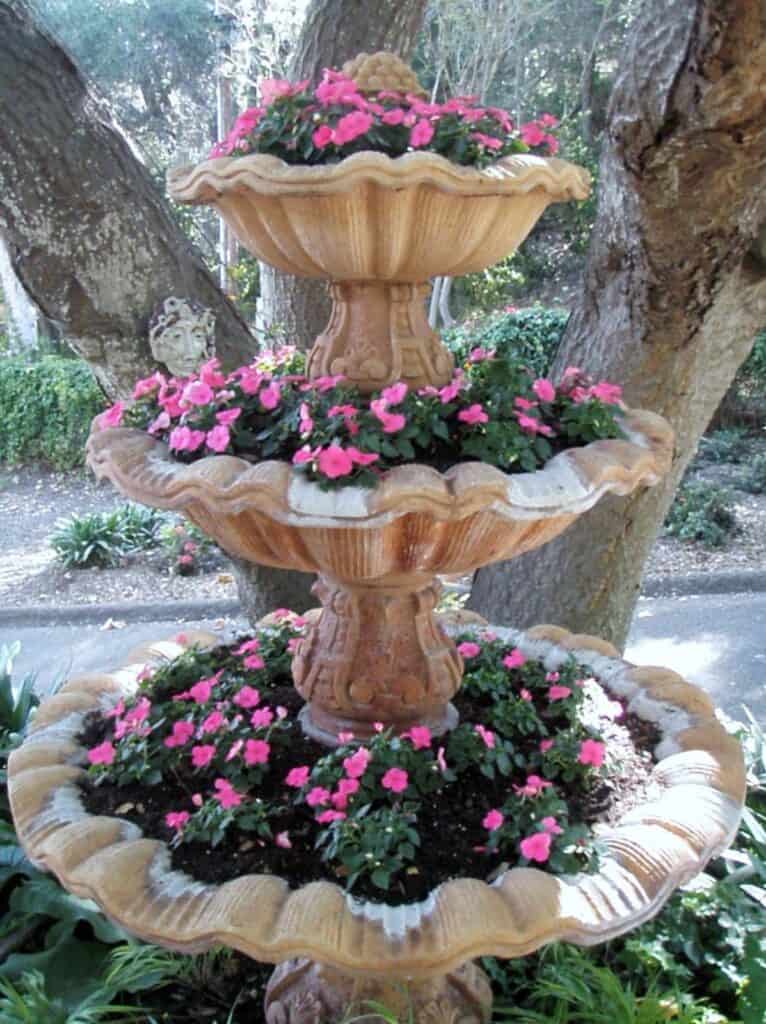
Include an Eye Catching Focal Point:
→ Ensure that there is a focal point at the centre of the patch. Examples are:
- a fountain
- bird bath
- structural tree
- THEN plant & underplant with as many flowers as possible
- as FLOWERS attract the beneficial insects and bug eating birds
- which, in turn, attract a healthy biodiversity
Ensure:
- the width of the beds are not longer than your reach to the centre of the bed
- the height of the beds reach some 300-500mm off the ground
- that the walls are reasonably thick to minimise in impact of soil temperature fluctuation, e.g. thick sleepers
- the inside walls are lined with weed mat, plastic or pond liner as an extra barrier for water and temperature retention. Adding a layer of sisilation between the wood and inner lining would increase the level of insulation and be greatly beneficial
- there is a lip or cap along the top edge to assist in deterring slugs, snails, pests and vermin as well as formulating a seat and great space to place your tools
- the base be lined with a small gauge metal mesh to stop rats, mice, rabbits and other burrowing animals
- the pathways surrounding the beds are filled with gravel or bark chips to deter snails and slugs
Arbours
Consider including an arbour or two spanning the pathway between your veggie beds – or create an exciting entrance on the way to your patch. Grow climbing vegetables such as beans, peas, pumpkins, zucchini, tomatoes, cucumber and the like. Another idea is to espalier citrus or fruit trees along a walkway. Though citrus are not part of the diet for many birds and animals, fruit is in high demand. An arbour can be easily covered with netting at the ripening stage to ensure a fruitful harvest for you and not the wildlife.
https://www.pinterest.com.au/pin/94223817178212477/ | https://www.pinterest.com.au/pin/401242648036054103/ | https://www.pinterest.com.au/pin/574279389955173453/
Filling your Raised Beds
The most successful method with which to fill your newly constructed raised beds is Hügelkultur.
Hügelkultur involves burying logs – large and small. Ideally, some would already be decomposing whilst others are fresh. The crevices are filled with a mix of manure and organic matter. As decomposition occurs, it promotes microbial, then macrobiotic processes, increasing water retention and emitting heat. Worms and soil bugs are attracted to this delightful dinner – and do their bit to construct a beautifully balanced and organic soil.
There are so many advantages to Hügelkulture as the beds are naturally aerated and therefore do not require the seasonal tilling or turning of the soil. The heat generated by the decomposing matter below allows for a longer growth season. Another incredibly beneficial element is the water storage capacity of the porous wood which acts like an underground sponge as it decays – that is why it is so important to include larger logs into the mix. In theory the rotting logs can hold enough water to sustain a crop throughout the dry season. Naturally, roots are encouraged to travel deeper to reach the water and nutrient source below, thereby encouraging stronger plants.
In the case of raised beds, Hügelkultur involves loading the bottom half to two thirds of the raised bed with a mix of large and smaller decomposing and fresh logs – filling the crevices with twigs, branches, leaves, weeds, grass clippings, hay, straw PLUS fresh manure – whether it be sheep, cow, horse, chook – or a mix of them all.
→ Water in well.
Add thick layers of soil, alternating with straw until filled to approximately 30 cm from the top.
→ Water in well.
The second-last layer should consist of a thick layer of soil mixed with home-made compost and rotted manure. Finally, cover the bed with a generous layer of sugar cane mulch or pea straw.
Allow the bed to settle for a month or so before planting.
Conclusion
Now the fun and longevity of a productive regime of crop rotation and companion planting can begin . . .
